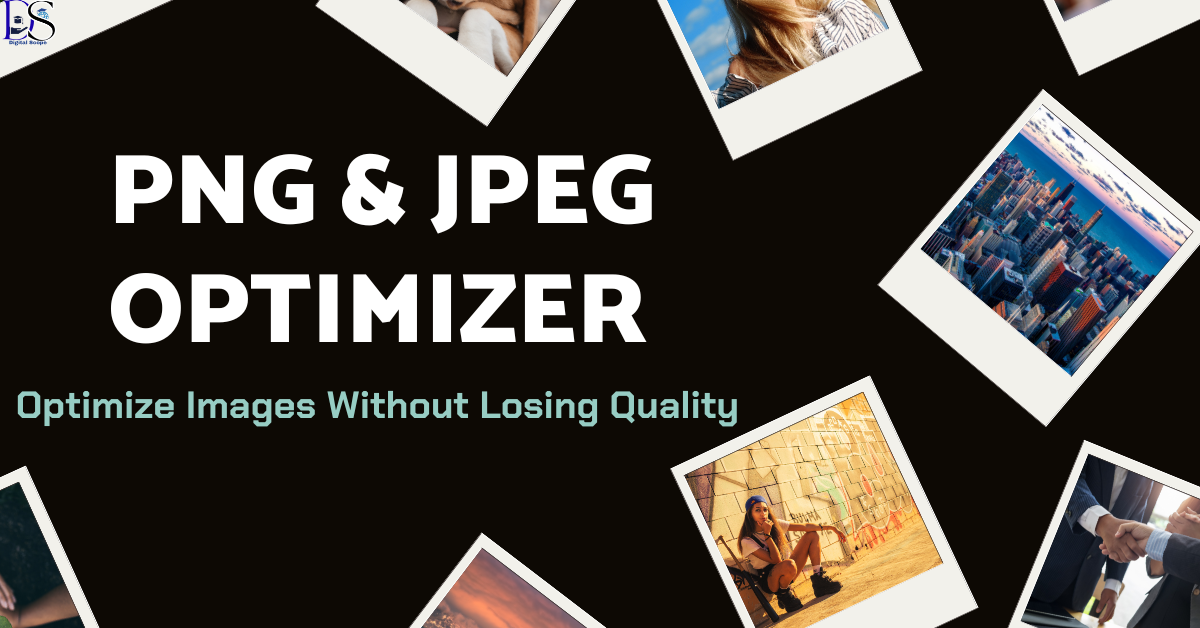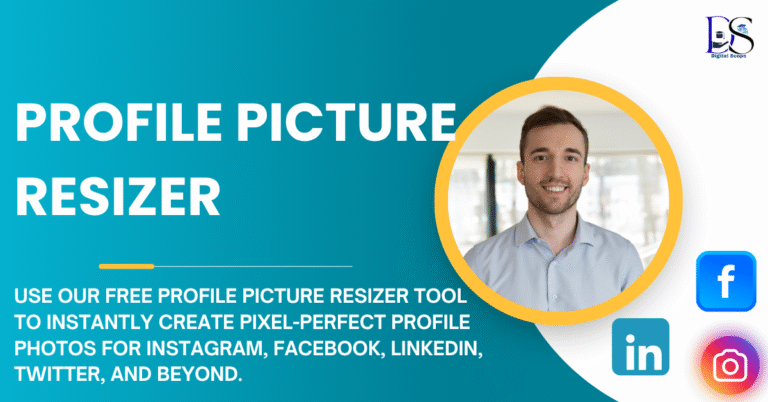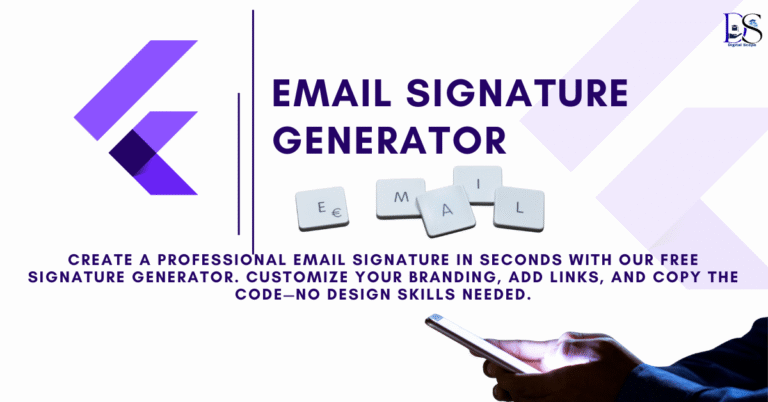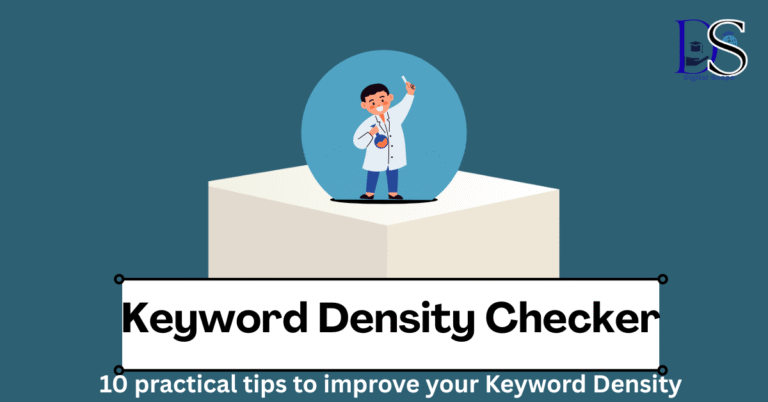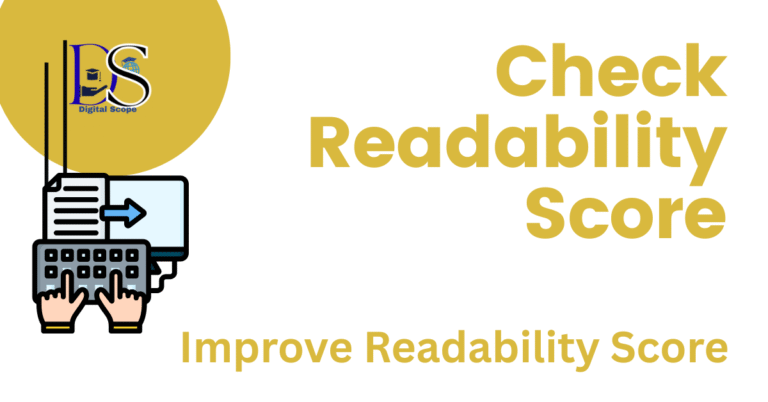BlueCompress – PNG & JPEG Optimizer

PNG & JPEG Optimizer – Optimize Images Without Losing Quality
Introduction: Why Image Optimization Matters
In today’s fast-paced digital world, image optimization plays a crucial role in user experience and search engine rankings. Whether you run an eCommerce store, blog, or portfolio website, high-quality visuals are essential—but so is speed. Unoptimized images can drastically slow down your site and negatively impact SEO.
That’s where a PNG & JPEG Optimizer comes in.
This article will walk you through:
- What image optimization is
- Why PNG and JPEG formats matter
- Tools and techniques for optimization
- How to use our BlueCompress image optimizer
- Benefits of in-browser image compression
- SEO impact of optimized images
Let’s dive in.
In This Article
What Is Image Optimization?
Image optimization is the process of reducing the file size of images without significantly affecting their visual quality. The goal is to:
- Improve website load time
- Reduce bandwidth usage
- Enhance user experience
- Support SEO performance
Image optimization can be achieved by:
- Compressing file size
- Converting file formats (e.g., JPEG to PNG)
- Resizing dimensions
Why Optimize PNG and JPEG Formats?
1. JPEG (Joint Photographic Experts Group)
- Best for photographs and complex color images
- Supports lossy compression (reduces size significantly)
- Widely supported across all devices and browsers
2. PNG (Portable Network Graphics)
- Ideal for logos, icons, and graphics with transparency
- Supports lossless compression (no data loss)
- Slightly larger file sizes than JPEG but better quality for specific use-cases
Most websites use a combination of both. That’s why an efficient PNG & JPEG optimizer is essential for image-heavy platforms.
Top Benefits of Using a PNG & JPEG Optimizer
1. Faster Page Load Speeds
Optimized images reduce the amount of data that must be loaded, leading to a snappier user experience.
2. Better SEO Performance
Google prioritizes fast websites. Lightweight images help improve Core Web Vitals, a critical ranking factor in Google Search.
3. Improved Mobile Experience
Mobile users often have slower connections. Smaller images load faster, improving bounce rates and session time.
4. Lower Hosting and Bandwidth Costs
Smaller image sizes reduce server strain and can lower CDN and hosting bills.
5. Higher Conversion Rates
Faster websites lead to better engagement and sales, especially for eCommerce websites.
Common Mistakes in Image Optimization
Many site owners unknowingly make these errors:
- Uploading full-resolution images (4000px wide) when 800px would suffice
- Using PNGs for photographs instead of JPEGs
- Skipping compression steps
- Forgetting to lazy-load images
- Using heavy plugins instead of client-side solutions
Meet BlueCompress: PNG & JPEG Optimizer Without API
One of the simplest and most effective ways to optimize images is to use a client-side image compressor that works entirely in your browser—no need for Google APIs or server-based tools.
BlueCompress Tool Features:
- Compress PNG & JPEG images
- Resize images to custom dimensions
- Choose output format: JPEG, PNG, or WebP
- Control quality using a slider (0.1 to 1)
- Drag & drop support
- Works fully offline (HTML + JavaScript only)
Why Use a No-API Tool?
- Privacy: Your images never leave your device
- Speed: No upload/download lag
- Control: More flexibility without hitting usage limits
- Independence: Works even without internet connection
[You can download or integrate this tool into your own website here.]
How to Use the BlueCompress Image Optimizer
Follow these simple steps to optimize your PNG or JPEG images:
Step 1: Select or Drag Your Image
Choose a PNG or JPEG file using the upload button or drag-and-drop feature.
Step 2: Set Your Desired Width
Input the desired image width (e.g., 800 pixels). The height adjusts automatically to maintain aspect ratio.
Step 3: Adjust Compression Quality
Use the slider to set quality between 0.1 (high compression) and 1.0 (original quality).
Step 4: Choose Output Format
Select between JPEG, PNG, or WebP based on your use case.
Step 5: Download the Optimized Image
After compression, preview your image and download it with a single click.
Best Practices for Optimizing Web Images
If you want your images to load fast without sacrificing quality, follow these proven tips:
1. Use Appropriate Format
- Use JPEG for photos
- Use PNG for transparent images
- Use WebP for modern browsers (smaller file sizes)
2. Resize Before Upload
Never upload 3000px images if your website only displays them at 800px.
3. Batch Optimize for Large Sites
Use tools like Squoosh CLI, ImageMagick, or a bulk version of BlueCompress for handling multiple files.
4. Enable Lazy Loading
Defer image loading until a user scrolls down to view it. Improves initial load speed.
5. Audit with Google PageSpeed Insights
Use this tool to identify unoptimized images and improve your scores.
Image Optimization and SEO: A Powerful Combo
Optimized images impact several SEO factors:
- Faster load speed = better rankings
- Mobile performance = higher engagement
- Lower bounce rate = more conversions
Alt tags and descriptive filenames (e.g., compressed-product-image.jpg) also help your images show up in Google Image Search.
FAQ: PNG & JPEG Optimizer
Q1: Can I compress images without quality loss?
Yes, tools like BlueCompress allow high-quality compression using modern algorithms. PNGs support lossless compression, while JPEGs balance quality and size.
Q2: What’s the best image format for the web?
JPEG for photos, PNG for graphics, and WebP for best compression across modern browsers.
Q3: Do I need an internet connection to optimize images?
No. Tools like BlueCompress run directly in your browser using JavaScript. No uploads or APIs are required.
Q4: Is image optimization necessary for small websites?
Absolutely. Even a portfolio site with a few images can see big performance improvements.
Q5: Can I use this tool for my eCommerce website?
Yes! Optimizing product images improves load times, enhances UX, and boosts conversions.
Conclusion: Optimize Today for a Faster Tomorrow
If you’re serious about speed, user experience, and Google rankings, then using a PNG & JPEG Optimizer is non-negotiable. Tools like BlueCompress give you full control over image size, quality, and format—all without external dependencies.
Fast websites win. And optimized images are a key part of that speed.
Use BlueCompress to future-proof your site and deliver an optimized experience to every visitor.

